Photographs: Danish Siddiqui/Reuters Vanita Kohli-Khandekar in New Delhi
The Internet is finally delivering some serious revenues.
At over 2.7 million views, Sarwesh Mehra’s The Girl and the Autorickshaw is a hit. If you haven’t heard of the film, go to Humaramovie.com, a favourite with aspiring film makers wanting to upload their short films.
Its panel of expert film makers - Imtiaz Ali, Anurag Kashyap and Anurag Basu, among others - curate what goes online.
Vinay Mishra, head of strategy and alliances, Humaramovie, reckons that the company, which is just a year old, should break even on its investment of over Rs 2 crore in the next 18 months.
More than 75 million viewers went online to watch IPL this year against 49 million last year. Among the digital agencies that rode this boom was Ignitee which used IPL online for clients such as Maruti Suzuki, Reckitt Benckiser and others.
Atul Hegde, CEO, Ignitee Digital Services, estimates that the online version of IPL would have done a topline of $2.5-$3 million (Rs 15-18 crore). That is roughly twice what it was three years ago, reckon analysts.
…
Digital media turns into a money spinner in India
Photographs: Reuters
T-Series is now among the top 100 channels globally on YouTube . So are Rajshri.com and Eros. Google, the owner of YouTube, however declines to give revenue numbers.
“YouTube pays millions of dollars a year to (channel) partners, and hundreds of partners are making (money in) six figures a year,” says Praveen Sharma, head of media sales for Google India. The largest video aggregator in the world is seeing its India revenues double year-on-year.
Welcome to Internet 4.0. As more than 227 million Indians tune in to listen to music, watch a film, a TV show or a cricket match on their mobiles, computers, tablets or other devices, the Internet is finally delivering some serious revenues.
In 2012, of the Rs 27,000 crore (Rs 270 billion) that digital media made, more than 80 per cent came from entertainment products online.
This is up from Rs 10,000 crore (Rs 100 billion) just three years ago. The bulk of the pay revenue (Rs 25,000 crore) goes to telecom companies. What’s causing much of the excitement, though, is the double-digit growth in advertising spends (over Rs 2,100 crore).
…
Digital media turns into a money spinner in India
Photographs: David McNew/Reuters
As user numbers grow, advertisers are paying better rates to reach the online audience for, say, IPL or a TV show. “Advertisers are spending an average of 7 to 8 per cent (of their budgets) on digital.
This is up from 2 to 3 per cent four years ago,” says Ratish Nair, co-founder of Ad Magnet, an ad network. Even pay revenues are showing some traction as viable subscription services such as Saavn and Gaana.com take off.
There couldn’t be better news for the digital media. At over 270 million people online, the US is not the world’s biggest market by volume, China is. The US, however, is the world’s largest market in terms of revenue and that matters the most.
The $36.6-billion adspend on digital in the US in 2012 is just over 40 per cent of the global online adspend. In India, while the volumes have always been large, it is the revenue that was not matching up. But it finally looks like it is beginning to.
…
Digital media turns into a money spinner in India
Image: Bollywood actress Kartina Kaif with the Blackberry Curve 9220.Photographs: Adnan Abidi/Reuters
Booming business
When and how did a piracy-infested medium full of sub-standard content become a legitimate distribution arm for media companies?
It is the confluence of three factors - the rise of devices and bandwidth, the boom in video and the growth of aggregator brands - that made this possible. Here's a look at each of them.
One, the rising penetration of both broadband Internet and the devices that tap into it have brought a mobility and flexibility that was never there in the market. For instance, YouTube has a unique user base of 40 million, going by comScore data.
Close to 40 per cent of its Indian consumption comes from mobile devices including tablets. And of this, more than 60 per cent comes from smartphones. Mishra says that 30 per cent of Humaramovie.com’s predominantly Indian viewership comes from mobile phones. “The biggest change has been the adoption of YouTube on mobile phones,” says Sharma.
…
Digital media turns into a money spinner in India
Image: Children watch television in the Meerwada village in central India.Photographs: Adnan Abidi/Reuters
That brings us to the second revenue trigger, video. Video consumption in India has doubled to 3.7 billion a month over the last two years, according to comScore. According to one statistic, India ranks third in the world in watching videos online through a PC/laptop and fourth in the world when it comes to watching videos on the phone.
This helps overcome one of the biggest barriers to digital’s growth in India - literacy and language. From 338 minutes per viewer per month, time spent has gone to over 431 minutes. This is just over 14 per cent of the total time Indians spent watching TV in a similar month.
This ability to keep audiences is the stuff advertisers’ dreams are made of. As a result, says Hegde, advertisers are increasingly using mass-media measures of traffic, instead of micro-analysing …
Digital media turns into a money spinner in India
Image: An Indian shopkeeper waits for customers at his television shop in Mumbai.Photographs: Adeel Halim/Reuters
Money matters
Currently, digital media gets the lowest realisation for every 1,000 people it reaches out to, compared to TV, print or even radio. “Almost all digital properties in India (with the exception of Google) are struggling to generate revenues, be it portals or niche websites,” says Nair. Video breaks that jinx.
“The IPL sponsorship on YouTube is not about CPM (cost per mille or thousand) or CPC (cost per …
Digital media turns into a money spinner in India
Image: A vendor speaks on his mobile phone as he waits for customers at his roadside shop selling clothes in Mumbai.Photographs: Danish Siddiqui/Reuters
Telcos keep 70-80 per cent of this money, leaving content producers and aggregators to share the rest. As profit margins come under pressure, both content companies (say T-Series or Star TV) and aggregators (Hungama or Zenga TV) have tried to create models that bypass the mobile operator and bring revenues back to them.
The Rs 150-crore Zenga, a mobile TV operator that offers more than 100 channels such as Aaj Tak, DD News and others, is a profitable ad-supported venture. Hungama, which started as an aggregator, calls itself a publishing, development and distribution company for digital content.
Saavn and Gaana.com have now become the de facto music sites for most Indians. YouTube claims to offer content companies the lion’s share of revenues from advertising. Others offer their content to device manufacturers for a fixed fee to be embedded into tablets or phones.
These alternate models ensure that pay revenues are spread more evenly with content makers and aggregators. This, in turn, incentivises them to create content meant for digital instead of treating it as an addendum to their main business.
This has meant changes in the ecosystem of the Rs 83,000-crore media and entertainment business. Hegde reckons that the global struggle between own versus aggregator platform is now beginning to play out in India. For instance, Zee, which was so far doing its own digital number, recently came on YouTube. T-Series too fought YouTube for a long time before joining in.
…
Digital media turns into a money spinner in India
Image: Students with Aakash tablets.Photographs: Reuters
It is an indicator that marrying professional content creating capacity to an aggregators’ ability to get audiences creates a winning formula. Netflix, for instance, spent $100 million on a new season of House of Cards, which was aired online earlier this year.
In India, too, aggregators are moving slowly but surely towards becoming media companies themselves. Zenga, for instance, is now generating enough cash to commission its own shows meant only for the mobile phone and web. It hopes that a mainstream broadcaster will buy these.
Humaramovie has already kick-started the production of one film and will do more to get a bigger topline. The middlemen or aggregators are now aspiring to become ‘digital media brands’ or ‘new media companies’, as Neeraj Roy, CEO, Hungama Digital Media, puts it.
The big issues with this growth are strangely enough the same as those with the other media. One is metrics. “Consumers are combining social media to the old media like television. But in India, there is no way to analyse the effectiveness of advertising across media,” says Alok Mittal, managing director, Canaan Partners.
Two, it is usual for advertisers to delay payments. However, unlike the Indian Broadcasting Federation or the Indian Newspaper Society, there is no industry body that stands up for digital media if advertisers do not pay on time.
“No one messes with Google, Yahoo! and Microsoft and the IAMAI (Internet and Mobile Association of India) is toothless,” says Nikhil Pahwa, founder and editor, Medianama.com.
“While content is being consumed in Indian languages, lack of interface at both hardware and software levels does create an impediment for a large non-English-speaking population to adequately utilise video services including YouTube,” says Sharma.
As the net becomes a mainstream media for entertainment, a la TV or radio, get ready to hear of more of what you do from those industries.
Some of the quotes are from the reporter’s forthcoming book.

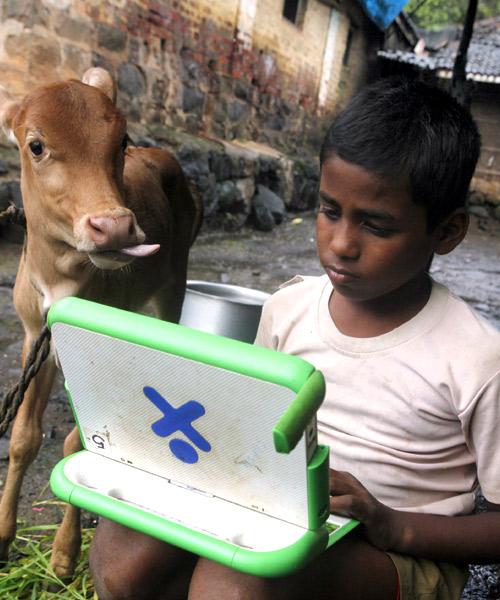



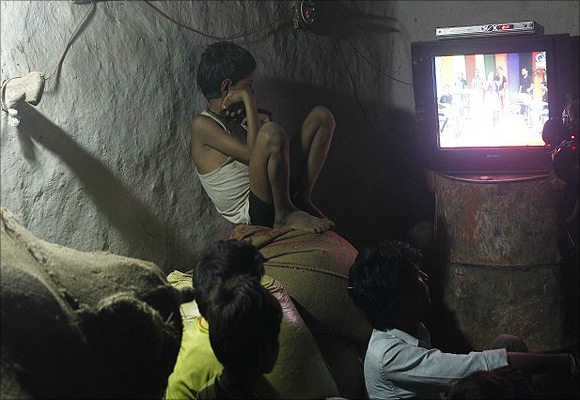
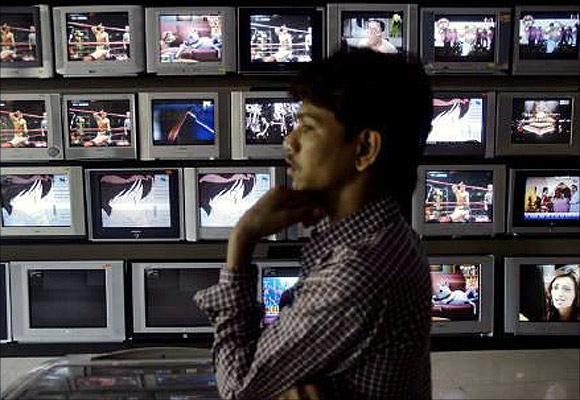
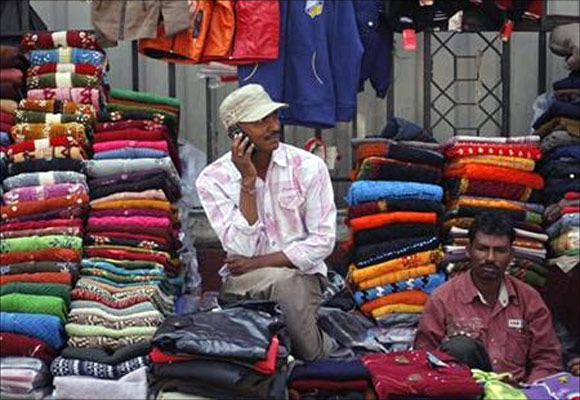
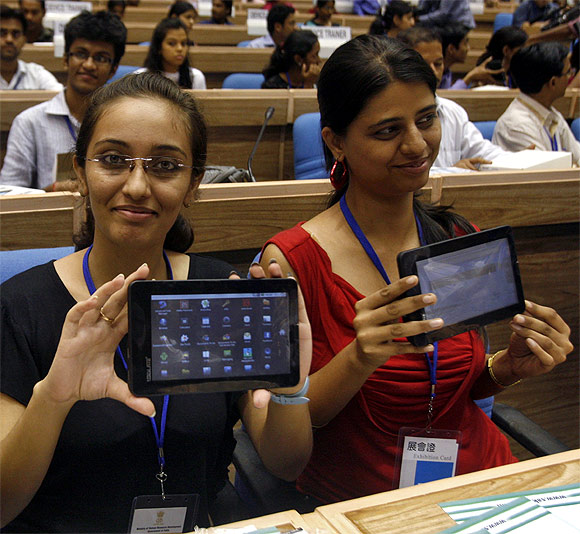

article